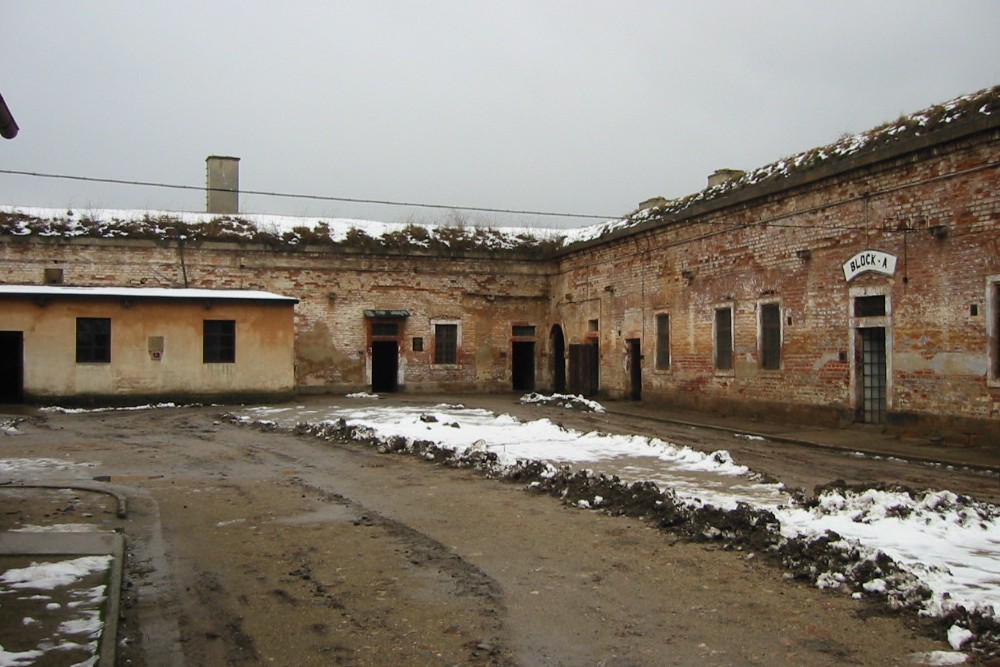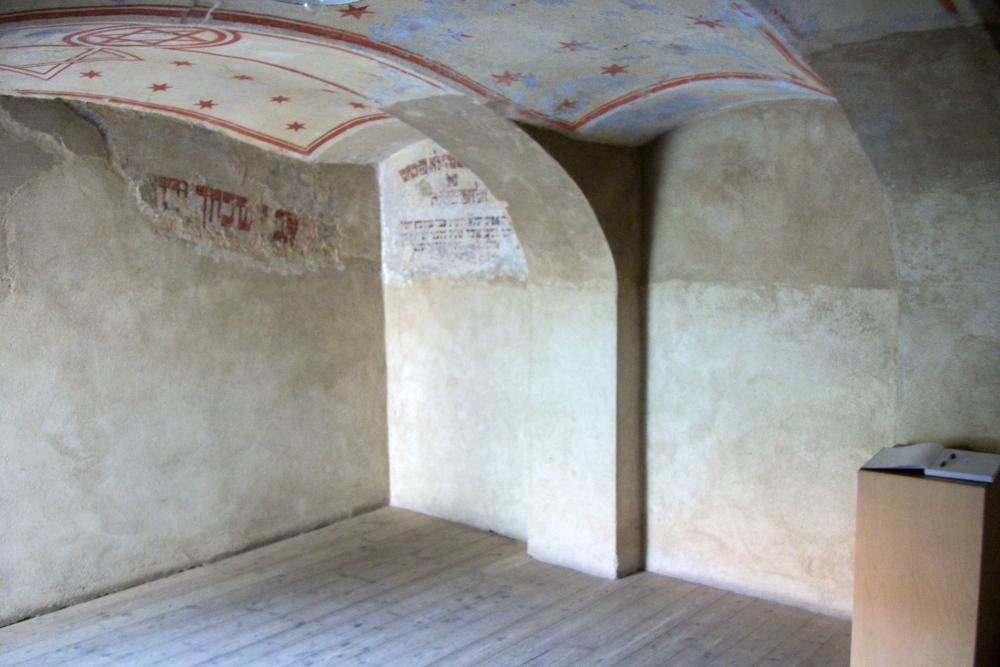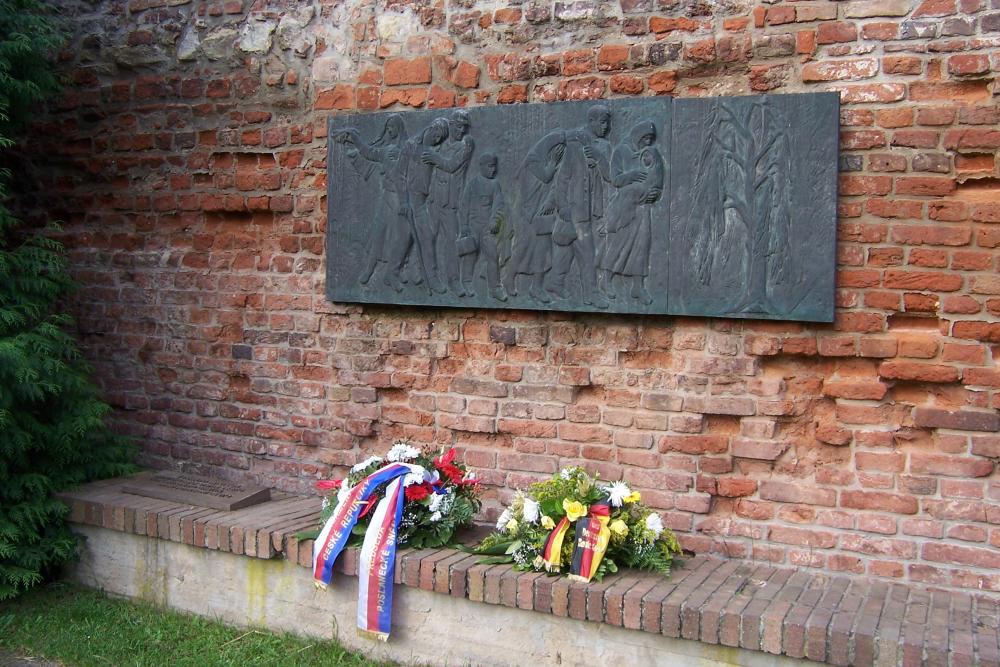Concentration Camp and Ghetto Theresienstadt
During WWII, the Gestapo used Terezín, better known by the German name Theresienstadt, as a ghetto, concentrating Jews from Czechoslovakia, as well as many from Germany, Austria, the Netherlands and Denmark.
Though it was not an extermination camp, of the over 140,000 Jews who arrived there, about 33,000 died in the ghetto itself, mostly because of the appalling conditions arising out of extreme population density. About 88,000 residents were deported to Auschwitz and other extermination camps. At the end of the war there were 17,247 survivors.
Part of the fortification (Small Fortress) served as the largest Gestapo prison in the Protectorate of Bohemia and Moravia, separated from the ghetto. Around 90,000 people went through it and 2,600 of those died there. After the attack on Heydrich (5/27/1942, Prague), 262 helpers, and relatives of the attackers and other paratroopers, were imprisoned in the Small Fortress. On October 23, 1942 they were transported to Mauthausen. The next day, all 262 prisoners were shot in the neck.
It was liberated on May 9th, 1945 by the Soviet Army.
People who were deported to Theresienstadt came from the following countries:
Czechoslovakia - 75,500
Germany - 42,000
Austria - 15,000
the Netherlands - 5,000
Hungary - 1,150
Poland - 1,000
Danmark - 500
About 10,000 casualties are buried on the cemetery.
Do you have more information about this location? Inform us!
Source
- Text: Fedor de Vries
- Photos: Lennard Bolijn (1, 2, 3), Fedor de Vries (4, 5), Brian Warner (6, 7)




















